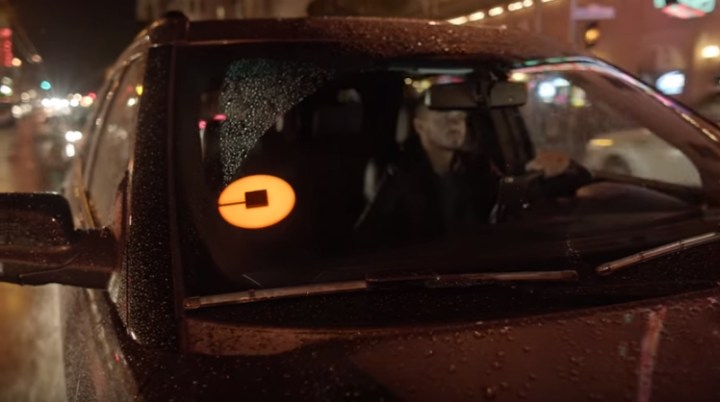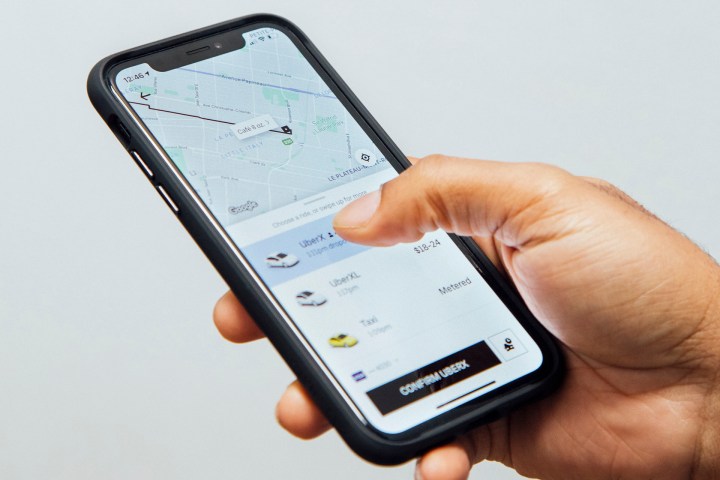
As Uber prepares for its IPO later this week, drivers all over the globe are participating in a planned strike on Wednesday — sending a clear message that they’re unhappy. As a result, there’s a good chance that in some areas, using rideshare services might be far more expensive than usual.
The concept behind the strike started in the UK, where members of the Independent Workers Union of Great Britain (IWGB) first planned to strike between 7am and 4pm local time Wednesday. From there, calls from others came to strike worldwide in solidarity with UK drivers, most notably in New York where the New York Taxi Workers Association asked NYC drivers to log off between 7 and 9 am Wednesday morning in the city.
“Wall Street investors are telling Uber and Lyft to cut down on driver income, stop incentives, and go faster to Driverless Cars,” the NYTWA wrote in a press release. “Uber and Lyft wrote that they think they pay drivers too much already. With the IPO, Uber’s corporate owners are set to make billions, all while drivers are left in poverty and to go bankrupt.”
Similar strikes are planned elsewhere around the United States. In San Francisco, a 12-hour app shutoff is planned. In San Diego, Los Angeles, and Boston, drivers will strike for the full day. Other cities like Philadelphia, Chicago, and Washington D.C. have rallies planned, including visibility events at popular pickup points like airports.
If the strike materializes, it would be the largest strike in terms of participation in either rideshare company’s history, and just in time to spook investors in what is believed to be one of the biggest IPOs of 2019.
Support from labor-friendly politicians
The strike is gaining a good deal of attention from labor-friendly politicians, some of which have already spoken out in support of the strike. Progressive Democratic presidential candidates Elizabeth Warren and Bernie Sanders have both criticized working conditions for “gig economy” workers in the past, and lent their support to the strike over the past week.

Even state legislators are asking Uber and Lyft drivers and passengers to show their solidarity with striking drivers. Virginia legislator Lee Carter said Monday in a tweet that he too drives Lyft “on the side to make ends meet,” and would strike on Wednesday as well.
“Don’t cross the picket line. Don’t do it,” he wrote. “Don’t cross the picket line. Just don’t.”
What are they demanding?
The demands vary from city to city, but call for the same general thing: higher wages, more transparency when it comes to rates, and clearer policies on how the rideshare companies figure out their cut. Drivers have become increasingly frustrated with new policies that put more of rider’s fares into the rideshare company’s pockets, leaving drivers with less.
Previously, drivers were paid a multiplier during “surge periods,” where riders also pay more. While not always the case, drivers typically took home about 60-75% of the fares passengers paid. However, that changed late last year when Uber introduced a flat dollar amount for surge pay.

While “flat surge,” as drivers call it, does last longer for drivers than the old multiplier (and applies to the next ride even after surge is gone), riders are still paying using the multiplier system. What has resulted is wild swings in the cut paid to drivers, sometimes as little as 50% of the fare charged, although at rare points more. Lyft is also moving to a “flat surge” model in select areas, including Chicago.
Drivers complain this is unfair, and without a voice in the company — something else they’re demanding — there’s little that they can do about it.
Will surge pricing break the strike?
One of the indirect reasons why drivers are striking could make it very difficult to maintain the strike — or for it to truly have an effect. Surge is set up so that the increased pay attracts drivers to come out and drive. If the strike truly does limit the number of drivers on the road, any drivers not participating might make $10, $20, $30 or more additional for each ride they do as Uber and Lyft attempt to lure drivers on the platform.
So what it’s going to come down to is how hard the resolve of these drivers is. The rideshare companies will be doing all they can to get drivers on the road. Drivers — many of which are struggling financially — will need to pass up an opportunity to make a good deal of money.
Keep an eye on this fight. The future of ridesharing is at stake.
Editors' Recommendations
- I agonized over EVs but bought a gas car instead. Here’s why I couldn’t be happier
- CES 2023: BMW is going all-in on Android Auto Open Source – here’s why
- Lyft won’t shut down operations in California tonight after all
- Lyft promises all rides will be in electric cars by 2030
- California sues Uber, Lyft to force them to make drivers employees


